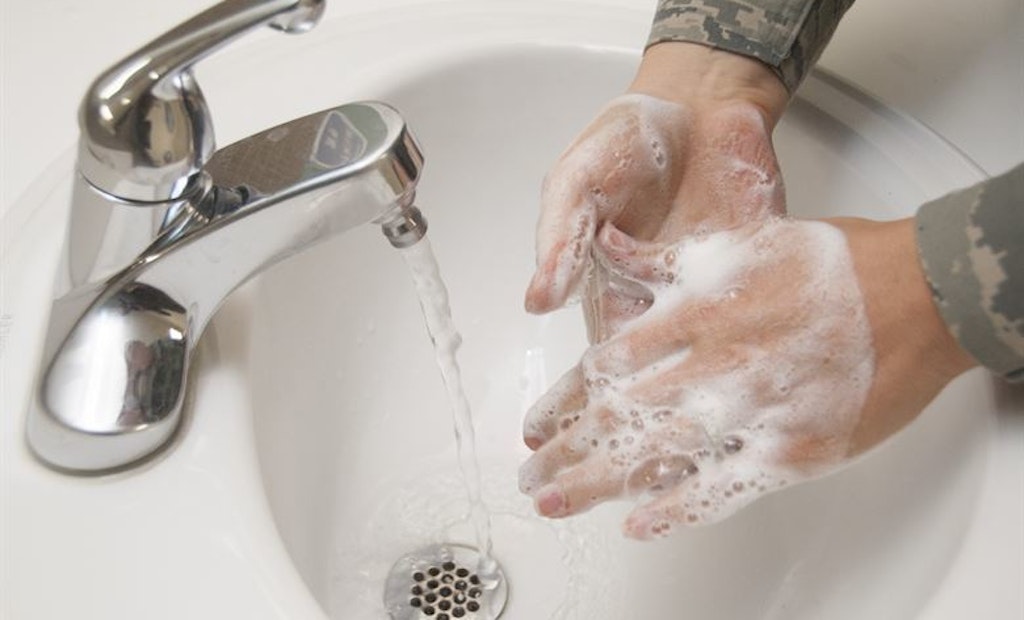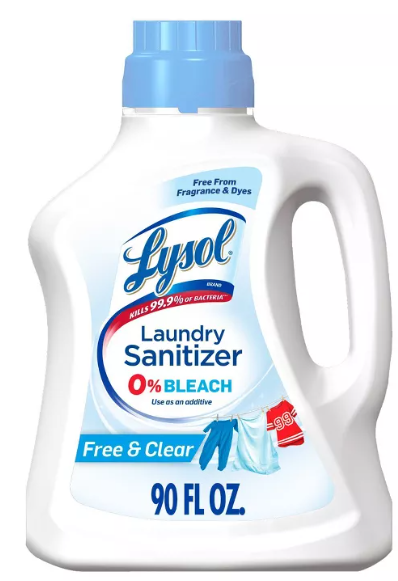Interested in Systems/ATUs?
Get Systems/ATUs articles, news and videos right in your inbox! Sign up now.
Systems/ATUs + Get AlertsSeptic systems can handle small amounts of disinfectants, but with the current health concerns related to COVID-19, there are both existing and new products that may be impacting septic systems.
- Sanitizing wipes – present a clogging and sanitizing issue
- Laundry sanitizers – both bleach and nonbleach products that claim to kill 99.9% of bacteria
- Ammonium quaternary compounds (quats) are found in household cleaning products and are registered as pesticides with the Environmental Protection Agency, meaning you will frequently find them listed as active ingredients on the front label of disinfectant products. Quats are disinfectants used alone or added to cleaning products. Manufacturers have added them to dishwashing liquids, hand soaps, window cleaners, all-purpose cleaners, floor products, laundry detergents, baby care products, disinfectant sprays and wipes, air fresheners and other cleaning products that advertise antimicrobial activity.
In most cases, sanitizers are overkill for everyday household cleaning needs and there is no need for quats to sterilize the surfaces in homes. Lab testing shows quats do effectively kill many kinds of harmful microbes, but there are serious potential side effects that comes along with that effectiveness. Though quats kill germs on surfaces and in laundry, studies in households have never been able to show that they are more effective than soap and water. There has never been a study showing reduced illness at home from using antibacterial cleaners. On the other hand, frequent hand washing with soap and water has proven health benefits.
Quats do kill bacteria and viruses, but some antibacterial products are lung irritants and can contribute to asthma and other breathing problems. For many people, they cause skin irritation and rashes. Most antibacterial wipes carry a recommendation to wash your hands after use, which often defeats the purpose of using them. The widespread use of quats is of concern as they enter our environment. Overuse of antibacterial products is creating superbugs that are resistant both to quats and antibiotics.
In recent years, detection of microbes that are resistant to quats is becoming increasingly more common. In addition, microbes that are resistant to quats have been shown commonly to be resistant to other antibiotics as well, compounding the problem of antimicrobial resistance. Antibiotic resistance happens when germs like bacteria and fungi develop the ability to defeat the drugs designed to kill them. That means the germs are not killed and continue to grow.
Another item to consider is that many antibacterial products will remain on a surface long after use. This means that exposure continues every time you touch that surface. Again there is a reason that disinfectant wipes with quats also recommend against using them on any food-contact surfaces (like cutting boards, plates or cutlery, highchair trays, etc.) because these potent chemicals can contaminate the food they come into contact with, even well after cleaning is done.
How to avoid hidden sanitizers
Tell customers concerned about the impact of their cleaning products on the septic system to:
1. Look for cleaning products that do not advertise as “antibacterial.”
2. If they need a sanitizer, they should check the front label, which is required to list the active ingredients, and to avoid products which contain the following ingredients, which are forms of quats:
- Alkyl dimethyl benzyl ammonium chlorides (C12-16)
- Alkyl dimethyl benzyl ammonium chloride (C14 60%, C16 30%, C12 5%, C18 5%)
- Alkyl dimethyl ethylbenzyl ammonium chloride (C12-14)
- Alkyl dimethyl ethylbenzyl ammonium chlorides (C12-18)
- Ammonium chloride
- Benzalkonium chloride
- Benzethonium chloride
- Cetalkonium chloride
- Cetylpyridinium chloride
- Cetrimonium
- Cetrimide
- Didecyldimethylammonium chloride
- Dioctyldimethylammonium chloride
- Dofanium chloride
- Domiphen bromide
- Methylbenzethonium chloride
- Tetraethylammonium bromide
Laundry advice
Property owners should check to see if their washing machine has a special wash cycle designed for sanitizing laundry. Many high-efficiency machines feature a sanitize setting. The sanitize cycle uses an extra-hot wash temperature and eliminates 99.99% of the most common bacteria found in clothes, sheets and towels. If the machine doesn't have a designated sanitize cycle, the recommendation is to use the warmest water temperature available. Sanitize cycles and hot water are harsher on clothes than regular cycles, so these should only be used when necessary.
Liquid bleach or other sanitizing ingredients should only be used when absolutely necessary to limit the impact to the good bacteria in septic systems.
About the author
Sara Heger, Ph.D., is an engineer, researcher and instructor in the Onsite Sewage Treatment Program in the Water Resources Center at the University of Minnesota. She presents at many local and national training events regarding the design, installation and management of septic systems and related research. Heger is education chair of the Minnesota Onsite Wastewater Association and the National Onsite Wastewater Recycling Association, and she serves on the NSF International Committee on Wastewater Treatment Systems. Ask Heger questions about septic system maintenance and operation by sending an email to kim.peterson@colepublishing.com.







